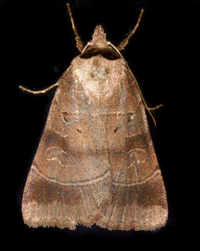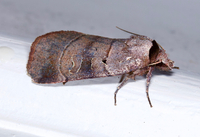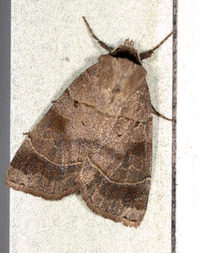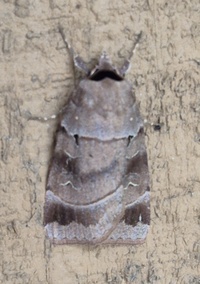
| Recorded by: Michael P. Morales on 2025-11-07
Cumberland Co.
Comment: | 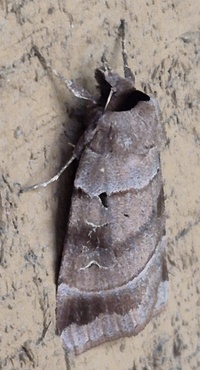
| Recorded by: Michael P. Morales on 2025-11-07
Cumberland Co.
Comment: |
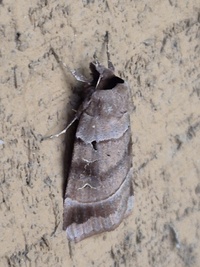
| Recorded by: Michael P. Morales on 2025-11-07
Cumberland Co.
Comment: | 
| Recorded by: Dean Furbish on 2025-11-07
Wake Co.
Comment: |
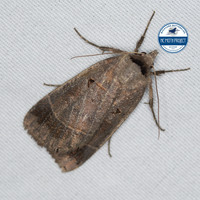
| Recorded by: Lior S. Carlson, Dean Furbish, John F. Jarvis, S. L. Reeves on 2025-11-05
Orange Co.
Comment: | 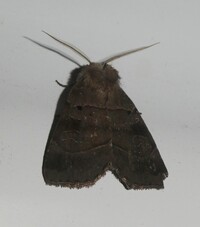
| Recorded by: Simpson Eason on 2025-10-24
Durham Co.
Comment: |

| Recorded by: Merrill Lynch on 2025-10-21
Halifax Co.
Comment: | 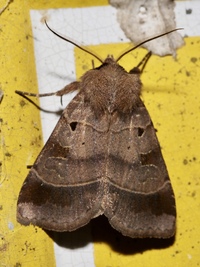
| Recorded by: Merrill Lynch on 2025-10-21
Halifax Co.
Comment: |
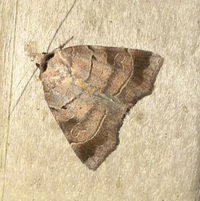
| Recorded by: Marilyn Westphal on 2025-10-18
Henderson Co.
Comment: | 
| Recorded by: Marilyn Westphal on 2025-10-15
Henderson Co.
Comment: |

| Recorded by: Marilyn Westphal on 2025-10-13
Henderson Co.
Comment: | 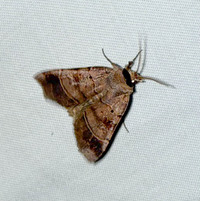
| Recorded by: Marilyn Westphal on 2025-10-12
Henderson Co.
Comment: |

| Recorded by: Jeff Niznik on 2025-04-16
Orange Co.
Comment: | 
| Recorded by: Jeff Niznik on 2025-04-16
Orange Co.
Comment: |
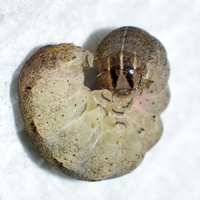
| Recorded by: Jeff Niznik on 2025-04-16
Orange Co.
Comment: | 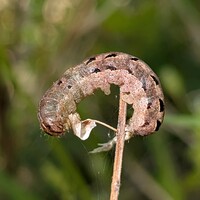
| Recorded by: Jeff Niznik on 2025-04-14
Orange Co.
Comment: |
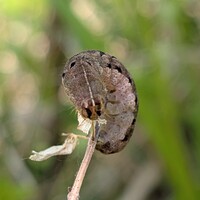
| Recorded by: Jeff Niznik on 2025-04-14
Orange Co.
Comment: | 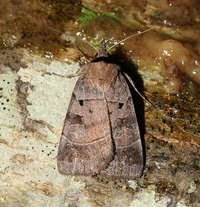
| Recorded by: David George, Rich Teper on 2024-11-05
Chatham Co.
Comment: |
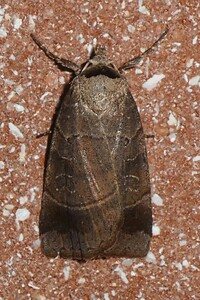
| Recorded by: Simpson Eason on 2024-11-01
Durham Co.
Comment: | 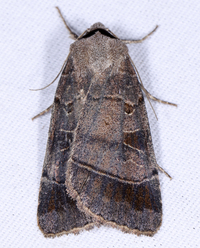
| Recorded by: John Petranka on 2024-10-31
Orange Co.
Comment: |
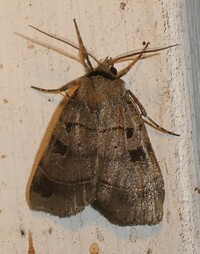
| Recorded by: Simpson Eason on 2024-10-30
Durham Co.
Comment: | 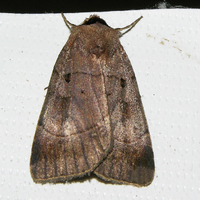
| Recorded by: Owen McConnell on 2024-10-24
Graham Co.
Comment: |
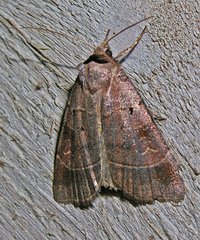
| Recorded by: Owen McConnell on 2024-10-23
Graham Co.
Comment: | 
| Recorded by: Jim Petranka on 2024-10-21
Madison Co.
Comment: |

| Recorded by: Jim Petranka and Becky Elkin on 2024-10-13
Madison Co.
Comment: | 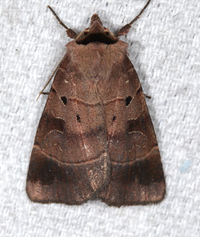
| Recorded by: Jim Petranka on 2024-10-07
Madison Co.
Comment: |

| Recorded by: Jim Petranka on 2024-10-05
Madison Co.
Comment: | 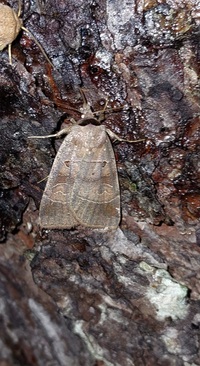
| Recorded by: Mark Basinger on 2023-11-18
Wilson Co.
Comment: |

| Recorded by: Jeff Niznik on 2023-11-17
Orange Co.
Comment: | 
| Recorded by: Mark Basinger on 2023-11-17
Wilson Co.
Comment: |
|

 »
»
